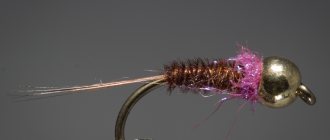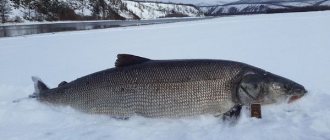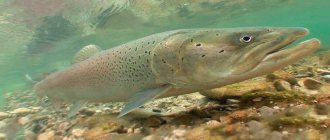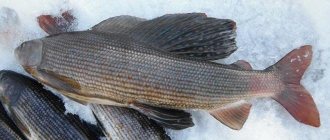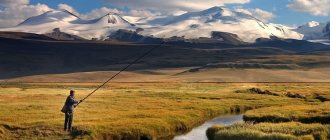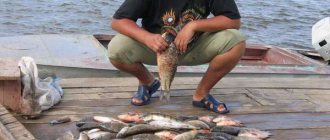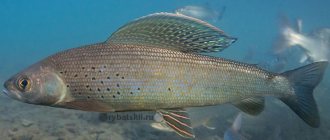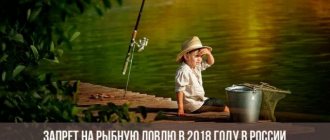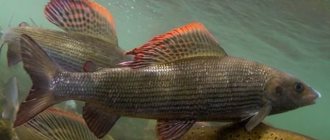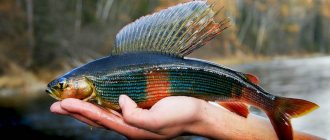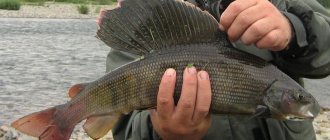The Angara is a river in Eastern Siberia, flowing from Lake Baikal and, together with the Yenisei, flowing into the White Sea. Despite the noticeable deterioration of the environmental situation, fishing on the Angara remains a popular form of recreation among local residents and tourists.
More than 30 species of fish are found in the Angara.
The most common ones include:
- grayling;
- taimen;
- omul;
- lenok;
- whitefish;
- catfish;
- bream;
- pike;
- carp;
- burbot;
- carp;
- crucian carp;
- perch;
- sorog;
- ruff;
- dace.
There are different methods of fishing. They depend on the topography of the river, the time of year, and the type of fish for which fishing is open. Mostly they fish where the Angara is wide and deep. The main object of fishing is grayling. To do this, fishermen modernize their gear and use all sorts of tricks.
Grayling fishing on the Angara
Distinctive features of grayling are:
- the presence of a huge dorsal fin;
- gray-green back;
- silvery-white belly.
A striking feature of grayling is its color change when caught. A large grayling caught first becomes colorless, then green with reddish spots and dark again.
Grayling fishing on the Angara occurs throughout the year. The exception is the spawning period - May - early June. At this time, fishing for this fish is limited or prohibited.
In late autumn and winter, grayling moves sluggishly along the river. At this time it is caught from the ice using jigs. Caddisfly larvae are used as bait.
Grayling baits are used depending on the season:
- jigs with attachments - in winter (November - April);
- light diving spoon;
- silver baits;
- artificial flies;
- small rotating spoons - used in early summer for large specimens;
- wet flies and streamers;
- natural baits - maggots, beetle larvae - are used during summer floods.
The places where grayling live can be determined by their characteristic features. This fish does not like currents, so you should fish for it near sunken logs and large stones, as well as in eddies. They concentrate food, carried by the current and actively eaten by grayling.
In summer, grayling lives near the surface of the water, where there is a concentration of insects. They serve as food for fish. In autumn, more bites are observed near the bottom. But if the air warms up significantly, then you can see the characteristic splashes of feeding grayling and, changing the equipment, fish in the surface layers.
In the summer-autumn period, grayling on the Angara is caught with a light spinning rod. He actively bites on fancy artificial flies. They create an imitation of insects that have fallen into the water, and are most often red in color. Grayling is also caught by fly fishing, which is becoming increasingly popular among fishermen.
Visual guidelines when choosing a fishing spot
Perch fishing in March, like all fishing in winter, is always popular fishing in itself. Running into a school of active fish while drilling a couple of holes is a rarity. But if you pay attention to the external data of the reservoir’s shoreline, then there is a chance to reduce the amount of labor spent on drilling and enjoy the fishing itself.
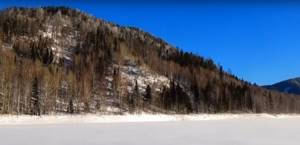
What I mean.
- Any sharp curvature of the coast creates small backwaters. Regardless of the depth (in the reservoir it is from 2 to 6-7 meters near the shore), such hatcheries definitely attract schools of perch. I can’t yet say exactly for what purposes they are used by fish, there is no fast current as such, and I don’t see the point in looking for a quiet nook for rest, but this is landmark number one.
- Spring. The snow subsided and began to melt. Even if there are no real streams yet, but thawed patches down to the soil are visible, then you should make several holes near such a bank. Perhaps even a slightly noticeable difference in ground temperature has an effect.
- Definitely do not pass by the mouths of the flowing streams. A change in the concentration of oxygen contained in the water, the movement of water and the “garbage” brought with it simply lures the perch towards itself.
- Any flooded bushes, tree trunks and snags are an excellent refuge for a predator, and also a table for a perch.
- Don't rush to make holes next to a group of anglers. As recent practice has shown, fishing efficiency does not increase.
Features of fishing on the Angara
Fishing on a Siberian river is significantly different from European fishing.
There are quite a lot of fish in it, and therefore special gear is not used:
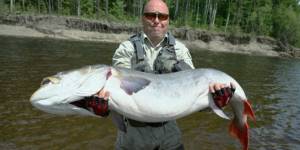
- Pike and large perch are caught everywhere using spinning rods. Most often a boat is used for this. But they also cast from the shore.
- Bream can be caught year-round on side rods. In winter, fishing is difficult due to fish migration. The best places for fishing are artificially created reservoirs.
- Fly rods are used for summer fishing for sorog, or roach.
- Girders are widely used . The summer version is a structure made of durable fishing line, hook, bait and stick, which is securely installed. The vent should be checked regularly. Pike, perch and burbot are caught this way.
- In winter, bait is usually not used.
- Summer fishing is complicated by the bottom topography of the Angara : any tackle can get caught on stones or snags. Preference is given to spinning and fly fishing.
Free fishing in the Irkutsk region
Irkutsk and the Irkutsk region are deservedly considered a paradise for fishermen and hunters. Fishing in this region is famous for large specimens of fish of various species, some unlikely to be found anywhere else.
Fishing here is suitable for the whole family, because it can be combined with hunting or berry picking, and besides, a holiday in Irkutsk is something wonderful. The proximity of the Siberian forests explains the presence of large ichthyofauna. The Irkutsk region will delight tourists with pristine nature and beautiful views. In such conditions, fishing will be even more exciting.
The wide variety of fish in local reservoirs can only mean one thing - you will definitely be successful in fishing here. And the fish are quite diverse and bite on different tackles, which means that there is something to do both for lovers of fishing with a float or feeder, and for fans of spinning. The most common fish in the Irkutsk region are: grayling, dace, pike, sorog, perch, ide, crucian carp, carp, bream, roach, bream, carp, omul, whitefish, burbot.
Here are the TOP 5 best places where you can fish for free in the Irkutsk region:
Lake Baikal
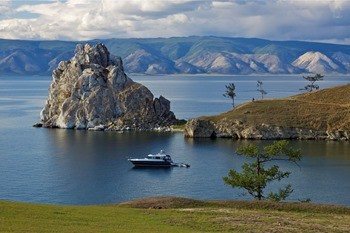
Description, what kind of fish is found, how to get there:
Every corner of the huge Lake Baikal has its own characteristics. This is an incredibly beautiful, clean and simply mesmerizing lake. Of course, I would recommend seeking advice from local fishermen; they will tell you exactly where to fish and what bait to use.
The depth of the lake is quite impressive, the shallowest section is only 10 meters, but in the pits you can find a depth of 744 meters. The bottom of the reservoir hides a lot of snags, and the water is quite clean. In the place marked on the map, grayling, burbot, omul and whitefish are caught.
You should definitely visit the Small Sea on Lake Baikal. In summer you can catch big fish up to 10 kg or more. Fishermen are also recommended to visit the bays of Mukhor and Sarma.
Winter Fishing on Lake Baikal
Winter fishing on Lake Baikal is something special. You can’t even find words to describe the splendor of this lake in winter. It seems that many more fishermen come to Lake Baikal in winter than in summer.
The ice on Lake Baikal freezes to a thickness of almost 1.5 meters. Winter fishing on Lake Baikal begins around mid-December, from the coastal zones and bays.
In the bays, the ice thickness in mid-December is approximately 10-15 cm. It is advisable not to go to deep places until mid-January.
GPS coordinates: 53.5587, 108.16499
2. Angara River

Description, what kind of fish is found, how to get there:
The source of the Angara River on Lake Baikal is a very interesting body of water for fishing. Fishing here in winter will be especially effective, since ice practically does not block the reservoir. The depth of the reservoir is about 4 meters. The bottom is sandy, and the most common fish are ide, grayling and dace.
GPS coordinates: 51.939, 104.7237
3. Lena River
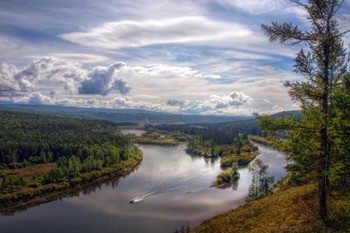
Description, what kind of fish is found, how to get there:
The river flows into the Laptev Sea. A huge number of representatives of ichthyofauna live in it. Apparently, this is why fishing on the Lena brings such great pleasure. The most valuable trophy is the Siberian sturgeon.
Along the banks of the river there are many amazingly beautiful picturesque places where you can relax and go fishing. Fishing here is usually done with a regular float rod or spinning tackle. Fishing on the Lena gives you the opportunity to break away from the hustle and bustle of the city, calm your nerves, enjoy the beautiful expanses of this mighty river and return home with a rich catch.
GPS coordinates: 53.86557, 106.76501
Gardening Coastal
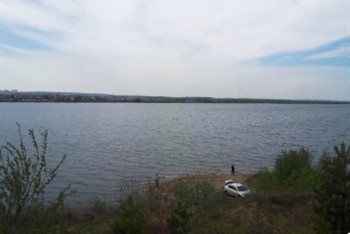
Description, what kind of fish is found, how to get there:
Gardening Pribrezhnoe covers on its territory a small but promising pond for fishing. It is very quiet here, there is almost never wind, and there are quite a lot of fish. Most fishermen come here to fish for pike.
GPS coordinates: 52.39276, 104.19962
Irkutsk reservoir
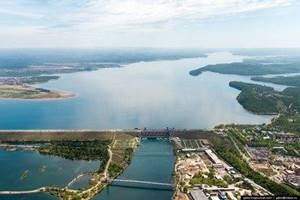
Description, what kind of fish is found, how to get there:
For those who don’t want to travel too far from the city, you can do some good fishing in Irkutsk at the local reservoir. You won’t see any special beauty here, but a stable fish bite is guaranteed. They fish here both in summer and winter.
GPS coordinates: 52.17135, 104.42391
Do you know any other good places for fishing in the Irkutsk region - write in the comments
